Research
Search our website
Search our website by entering a keyword or choose a database above to search specifically.
Search
Showing search results 2,801 - 2,810
14,755 results found

PICARD, JOH. HERMANN

not identified
Not identifiedMany blacksmith marks from the MOT collection have not yet
been identified. You can see some of these online here. Do you happen to
recognize a blacksmith's mark and do you know more information about the
blacksmith? Be sure to let us know via info@mot.be.

PEDDINGHAUS

PICK, CARL

PEUGEOT

PELGRIMS, L.

PIÉRARD-LEFEBVRE, ERNEST

PIÉRARD AÎNÉ

PEUGEOT FRÈRES

PIEDFORT & CIE, J.








